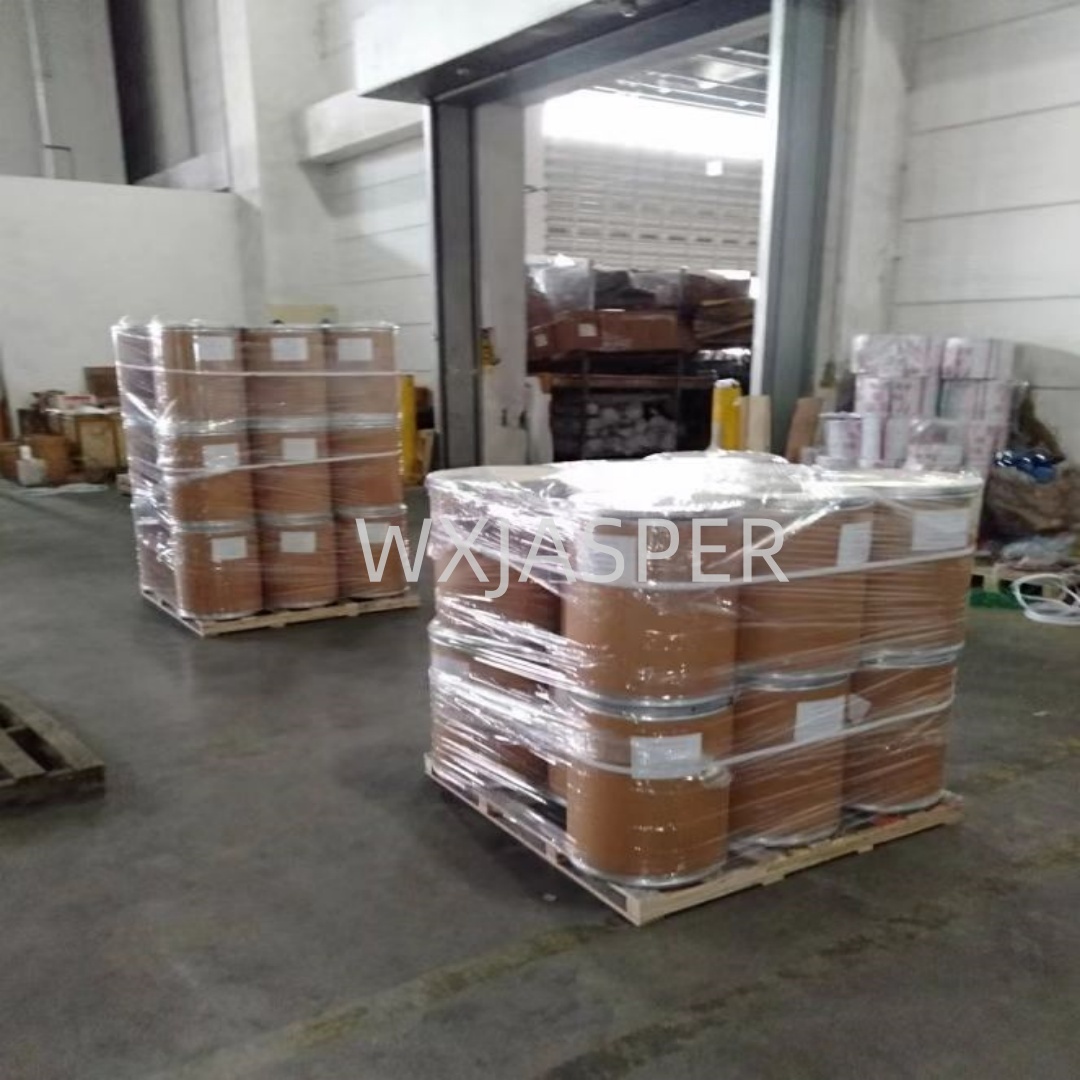Product Details
CasNo: 14350-97-1
MF: C20H37N2O5.HO.2Na
Appearance: powder
Delivery Time: 15 days
Packing: 25kg/drum
Purity: 99%
1. Basic Information
- Chinese Name: 月桂酰两性基二乙酸二钠 (Disodium Lauroamphodiacetate)
- English Name: Disodium Lauroamphodiacetate
- CAS Number: 14350-97-1
- Chemical Formula: C₂₀H₃₉N₂NaO₆
- Molecular Weight: 426.53
- Synonyms: Disodium Lauryl Amphodiacetate, Lauroampho Diacetate Disodium Salt, Lauryl Amphoteric Imidazoline (historical alias, referring to its synthetic precursor).
2. Physicochemical Properties
- Appearance: Colorless to pale yellow crystalline powder, or pale yellow to amber transparent liquid (varies by concentration and formulation).
- Solubility: Soluble in water; also miscible with organic solvents such as ethanol and acetone.
- Stability: Relatively stable at room temperature. It is not easily decomposed under neutral conditions but exhibits moisture sensitivity—hydrolysis may occur in humid environments, so sealed storage is recommended.
- Odor: No obvious odor (meets cosmetic-grade fragrance-free standards).
- pH Value: The pH of a 10% aqueous solution ranges from 7.0 to 9.5 (neutral to weakly alkaline, compatible with most personal care formulations).
- Foaming Performance: Generates rich, fine, and stable foam; foam volume is less affected by hard water (calcium/magnesium ions).
3. Characteristics and Advantages
- Ultra-Mild & Low Irritation: Non-toxic, non-allergenic, and extremely low in skin/eye irritation. It is safe for sensitive skin and suitable for formulating low-irritation, high-foaming cleaning products for both adults and children.
- Excellent Foaming & Foam Stabilization: Produces abundant foam quickly and maintains foam stability over time—ideal for products requiring strong foaming properties (e.g., shampoos, body washes).
- Effective Thickening: Has good thickening ability, which can adjust the viscosity of formulations (e.g., increasing the thickness of liquid cleansers) and improve product texture (reducing thin, watery consistency).
- Strong Compatibility: Compatible with anionic (e.g., SLES), non-ionic (e.g., alkyl glucosides), and cationic (e.g., quaternary ammonium salts) surfactants. This flexibility allows it to be widely used in various formula systems without causing phase separation or performance degradation.
4. Application Fields
Its mildness and multi-functionality make it a core ingredient in the personal care industry, with main applications including:
- Hair Care Products: Used as an antistatic agent, cleanser, foaming agent, and hair conditioner in shampoos (especially mild, moisturizing, or anti-dandruff shampoos). It reduces hair dryness caused by harsh surfactants and improves hair smoothness.
- Body & Facial Cleansers: Added to body washes, facial cleansers, and hand soaps—effectively removes dirt and oil while protecting the skin’s natural moisture barrier.
- Shaving Products: Used in shaving creams or gels to create a lubricating foam layer, reducing friction between the razor and skin and preventing irritation.
- Baby Care Products: Formulated into baby shampoos, body washes, and wipes (meets international baby product safety standards such as EU ECOCERT and US FDA).
5. Usage Restrictions
- Cosmetic Usage Limits: According to global cosmetic regulatory standards (e.g., EU CosIng, China’s GB/T 29665):
- Maximum historical usage in rinse-off products (e.g., shampoos, body washes): 7.5%.
- Maximum historical usage in leave-on products (e.g., facial serums, hair conditioners): 0.27% (due to potential mild stickiness in long-term contact with skin).
6. Production Method
The industrial synthesis process mainly includes two core steps:
- Prepolymerization: Lauryl chloride (fatty acid derivative) reacts with diethanolamine to form lauroamphodiacetamide (an amphoteric intermediate), with by-products (e.g., hydrochloric acid) neutralized in situ.
- Saponification: The intermediate lauroamphodiacetamide reacts with sodium hydroxide (NaOH) under controlled temperature (60–80℃) to generate Disodium Lauroamphodiacetate. The product is then purified (to remove unreacted raw materials) and adjusted to the target concentration (liquid/powder form).
7. Safety Information
- Operational Precautions: As a general chemical, avoid prolonged skin contact or eye exposure during operation. If contact occurs, rinse immediately with plenty of water for 15+ minutes. Operate in a well-ventilated area to prevent inhalation of powder (for solid-grade products).
- Storage Conditions: Store in a sealed container, away from fire, oxidants (e.g., hydrogen peroxide), and humid environments. The recommended storage temperature is 15–30℃; avoid direct sunlight.
- Hazard Classification: Not classified as a hazardous chemical (meets UN GHS non-hazardous standards); safe for transportation under normal conditions.


